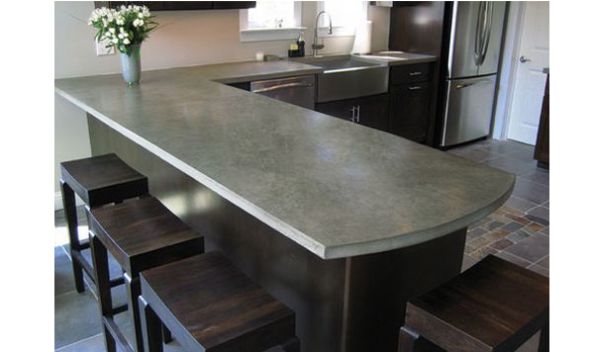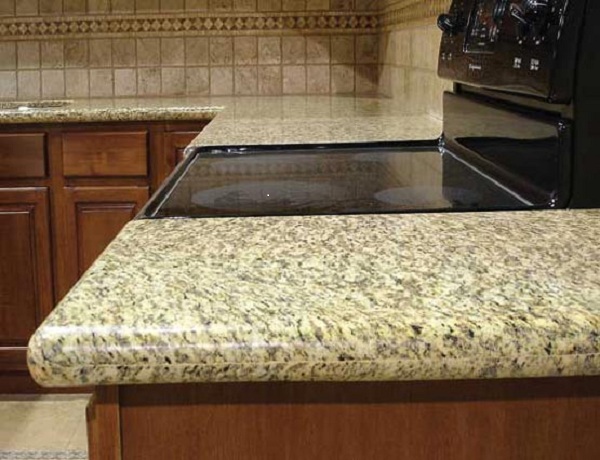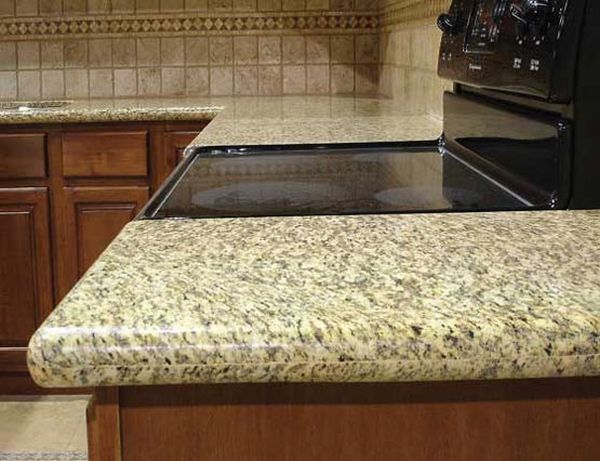
It has been decades since the Kitchen counter tops were made in concrete. In most of the countries, granite, marble or synthetic counter tops have dominated the market. Slow but a steady growth in the concrete kitchen slabs industry is making a name for itself all around the world. With developing technologies, the quality of the concrete counter tops has dramatically raised both aesthetically and in customization. Concrete slabs can be built right on site, which can help saving costs like transportation.
With two different ways (precast and manufacturing at site) of manufacturing these slabs, they can be made to precision by sticking to the specifications. Availability of wide variety of pigments allow you to get various colorâs and texture when mixed with cement and other materials like crushed stones, water, sand etc.
Concrete Kitchen Slab – Advantages
Being versatile, concrete allows you to achieve desired shape
Color range is vast
Strong, heat and scratch resistant
Sinks and drain boards can be integrated because of its versatility
The finished product looks very natural without giving a plastic look
The versatility of the material lets you achieve a desired shape
Concrete Kitchen Slab – Disadvantages
Though the concrete slabs have many advantages, they also have a few draw backs
Stains can be avoided by proper sealing. Then waxing is done to protect the sealing
The slab needs waxing at least once in 3 months
Involves a bit of maintenance
Though scratch resistant, cutting on the slab will leave marks on it
Quick temperature variation may cause bending or twisting
Curing takes; a bit longer depending on the color used
It needs regular waxing
Though the concrete slabs are getting popular, the demand has not been met as it needs skilled labor and on the whole a practical feature for your kitchen




